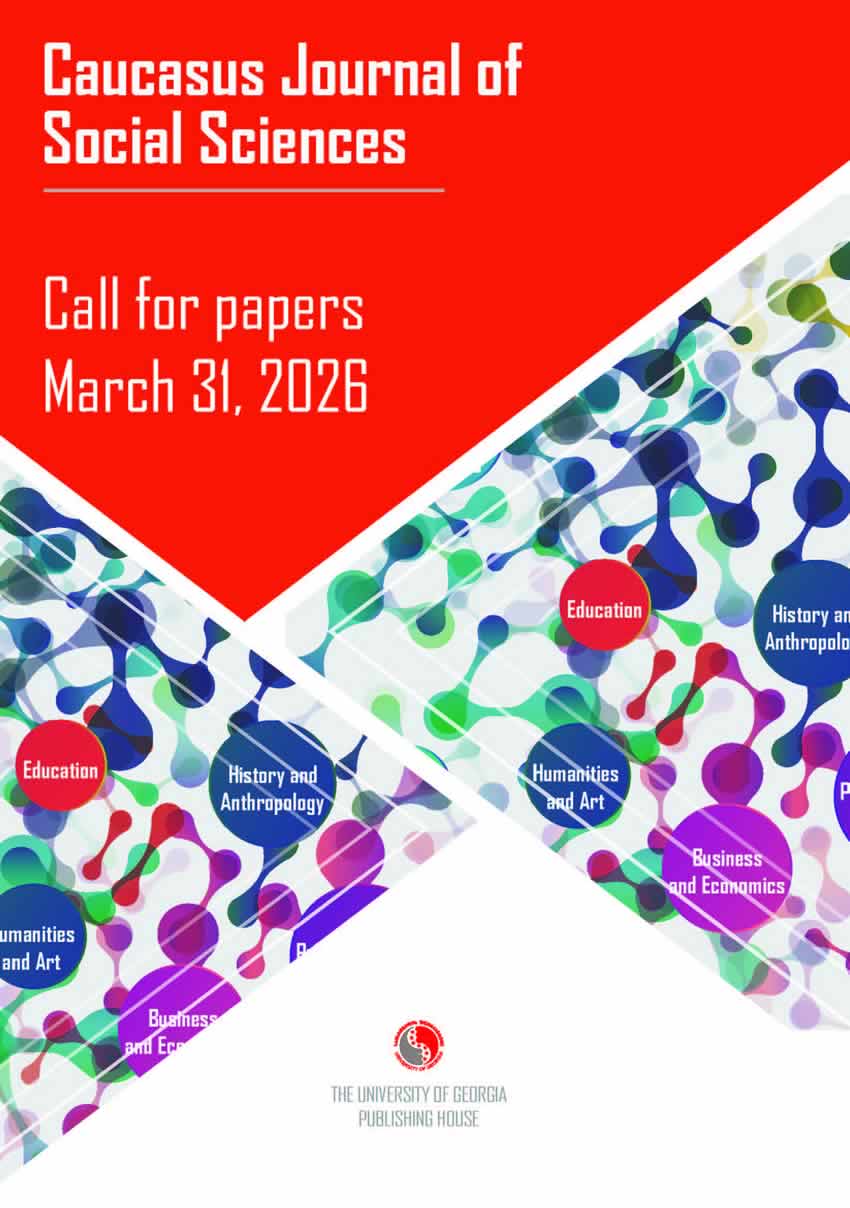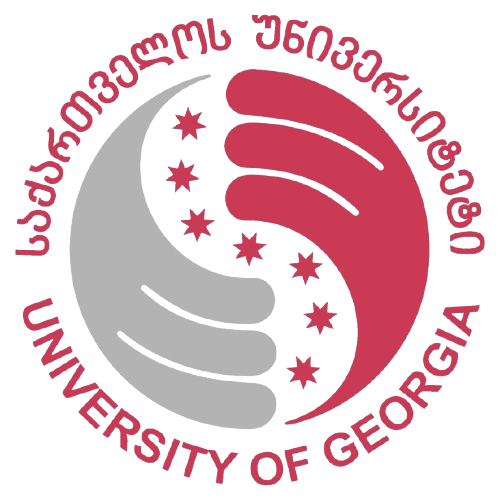Georgian and Abkhaz Discourses about 1992- 1993 Armed Conflict: Narrative Analyzes of Interviews of Eyewitnesses.
DOI:
https://doi.org/10.62343/cjss.2018.174Keywords:
Georgian-Abkhaz conflict, narrative template, national narrative, chosen trauma, victim narrative, memory, biographical- narrative interview, discourse.Abstract
Society is a self-producing entity, which creates and recreates itself in frames of existing collective consciousness. Collective frames
operate like social matrices and influence importantly the formation of images about the past. In order to recreate itself, a society
needs a special point of reference. The production of discourses is a fundamental way to preserve mnemonic communities and transmit means for value systems’ formation. Discourses represent a generalized sum representing specific and frame-narratives, which is based on the prior guiding values and those beliefs and ideas the society has about itself. It is noteworthy to mention that society assesses itself, as well as other societies and events according to those beliefs and ideas. The subject of this study is Georgian and Abkhazian discourses that these two conflict-torn societies have about 1992-1993 years armed conflict. The research is based on an analysis of biographical- narrative interviews given by the witnesses of the war and person directly involved in combat. The analysis of the Georgian and Abkhaz narratives is paramount especially for two reasons: 1) narratives allow for the possibility for reconstruction of the past and 2) narratives shape the collective imaginations about the future and describe the degree of invariability or variability of a societal value system through the time continuum. National narratives represent a fundamental aspect of national identity and provide a group with fundamental ideas about its past and its role and mission in the world.
Narratives highly influence the formation of interpretative and the attitudinal mindset of the individuals. Also, they affect reflective processes, which influence individual cognitive-emotional system and is reflected in the narrations. The research demonstrates the mainstream, therefore the most influential, central narrative models about 1992-1993 Georgian-Abkhaz conflict. Besides, this study underlines the implications of side-narrative models, which are the branches produced on the ground of central narrative templates.
This research examines Georgian and Abkhaz biographical narrative interviews, particularly, the textual representations of these
interviews, that is, in interview transcripts. Methodological approach of narrative analysis opens the window of opportunity for
identifying and defining what sort of discourses exist in Abkhaz, as well as in Georgian societies about the conflict. Based on interview analyses, this study demonstrates narrative constructing elements (the four-component structure of narratives), the leading and produced narratives about the 1992-1993 Georgian-Abkhaz armed conflict are reflected in the Georgian and Abkhaz mnemonic communities, which is the representation of chosen trauma in Abkhazian narratives and what is the importance given to the narrations about “victimhood” in the creation of group identity.
Downloads
Published
How to Cite
Issue
Section
License
Copyright (c) 2023 Elena Natenadze

This work is licensed under a Creative Commons Attribution 4.0 International License.
In case an article is accepted for publication it is allowed to combine the article with other research, to conduct new research on the article, or to make different arrangements on condition that the same license is used including commercial purposes.
As an author of an article published in the Caucasus Journal of Social Sciences, you retain the copyright of your article and you are free to reproduce and disseminate your work.











